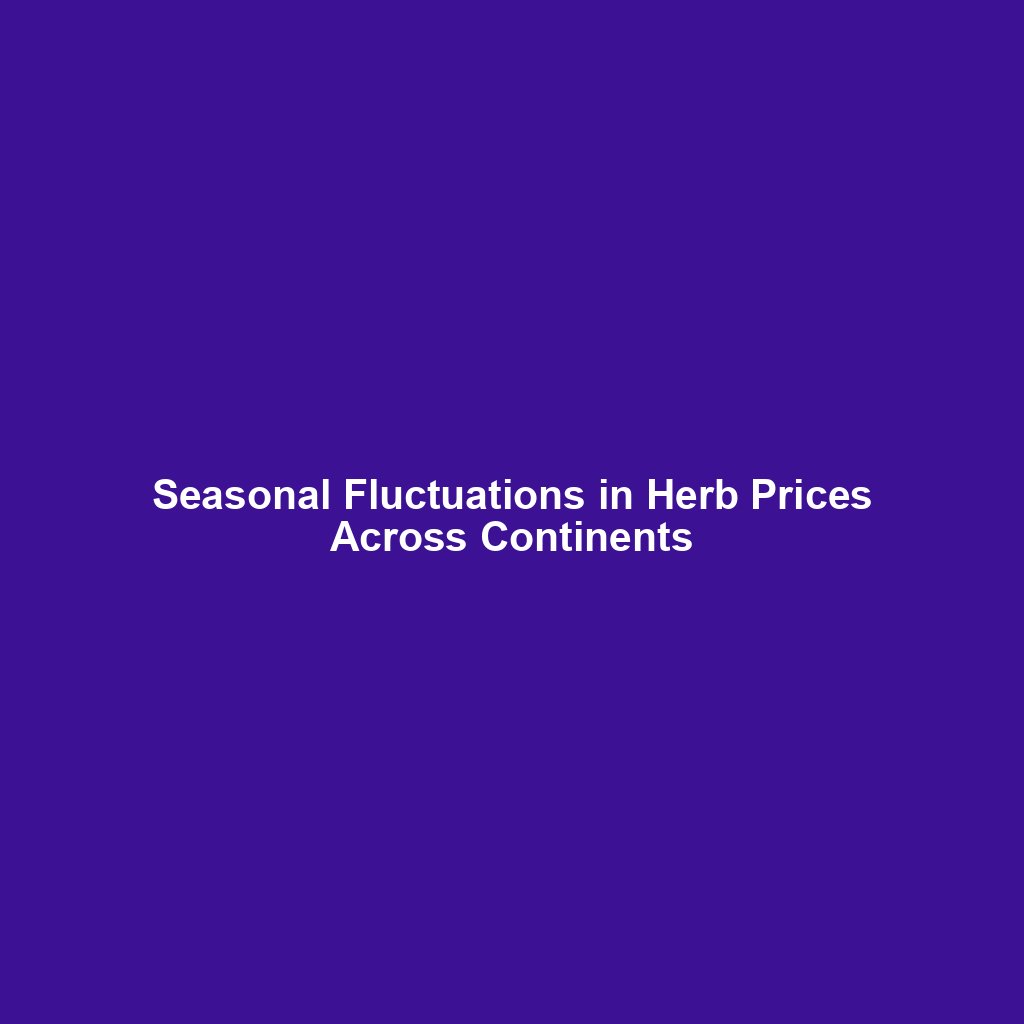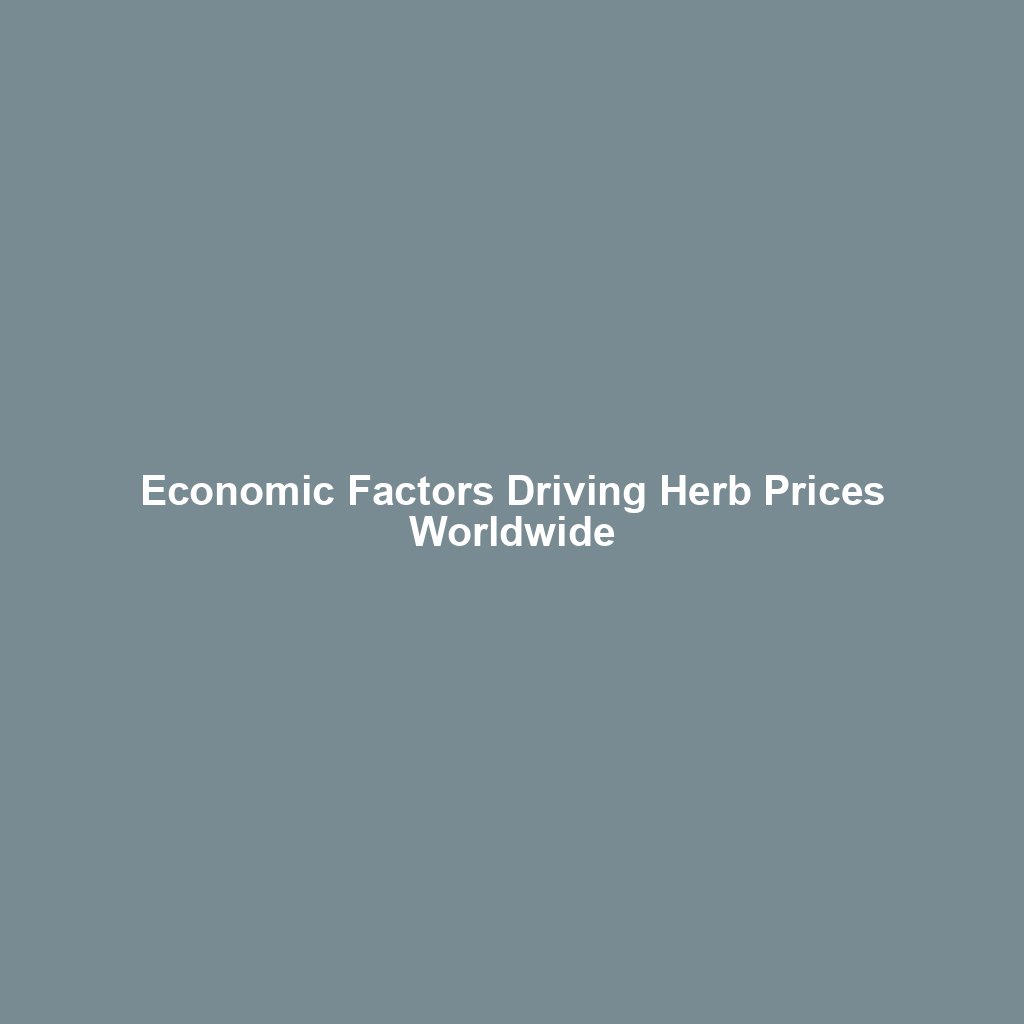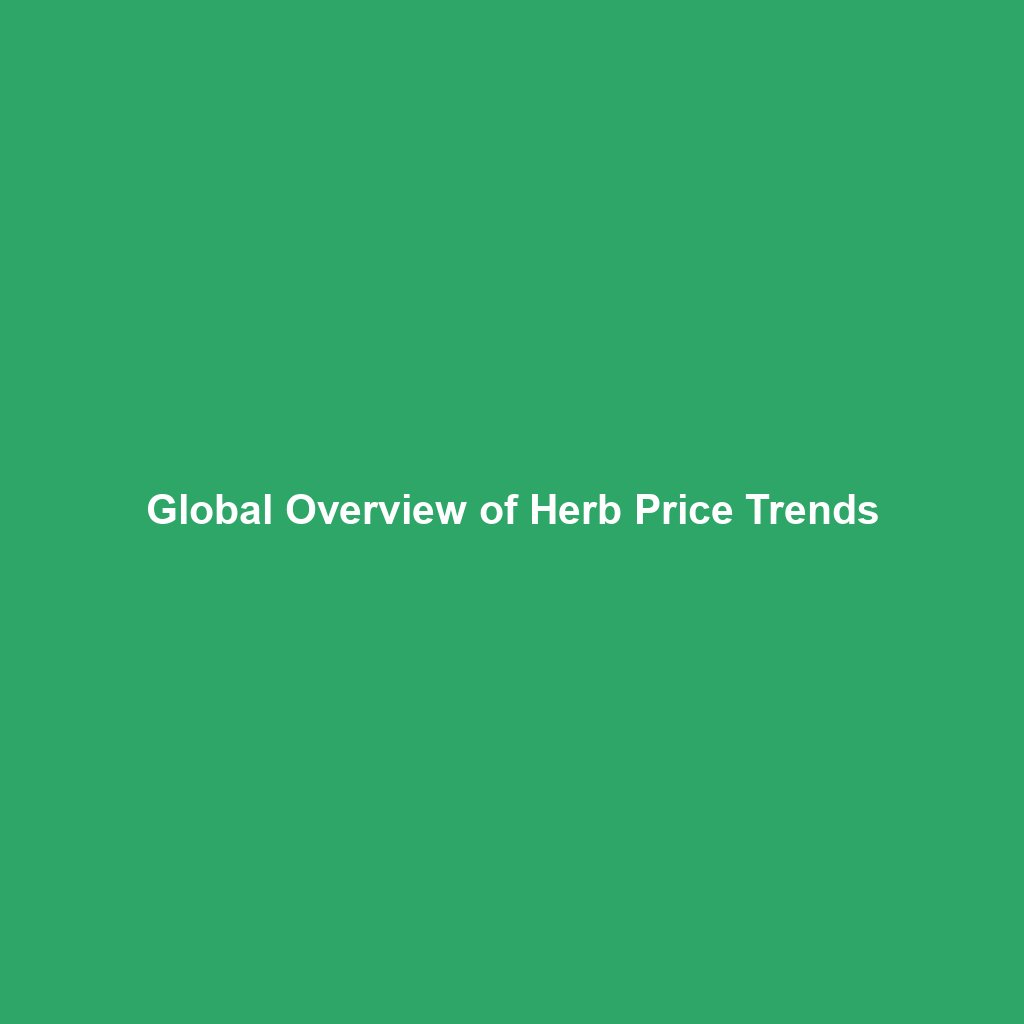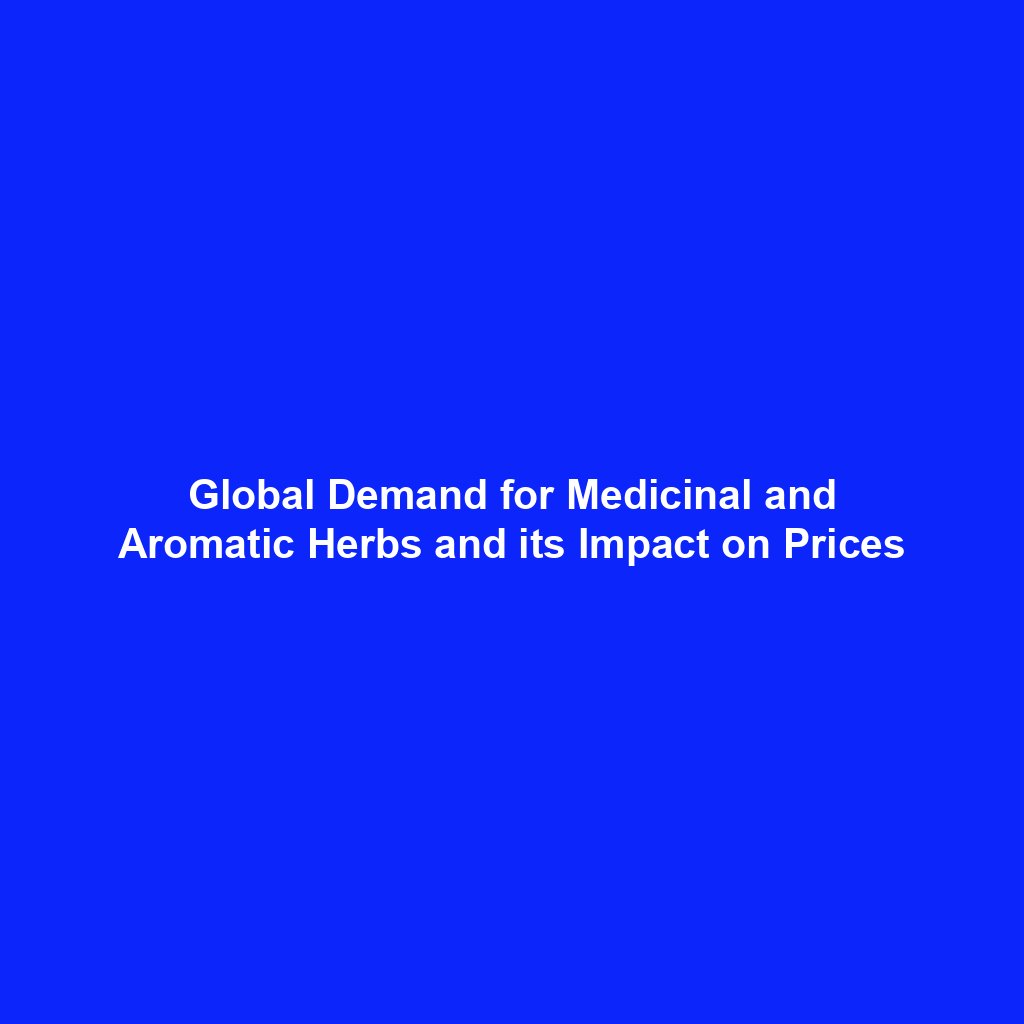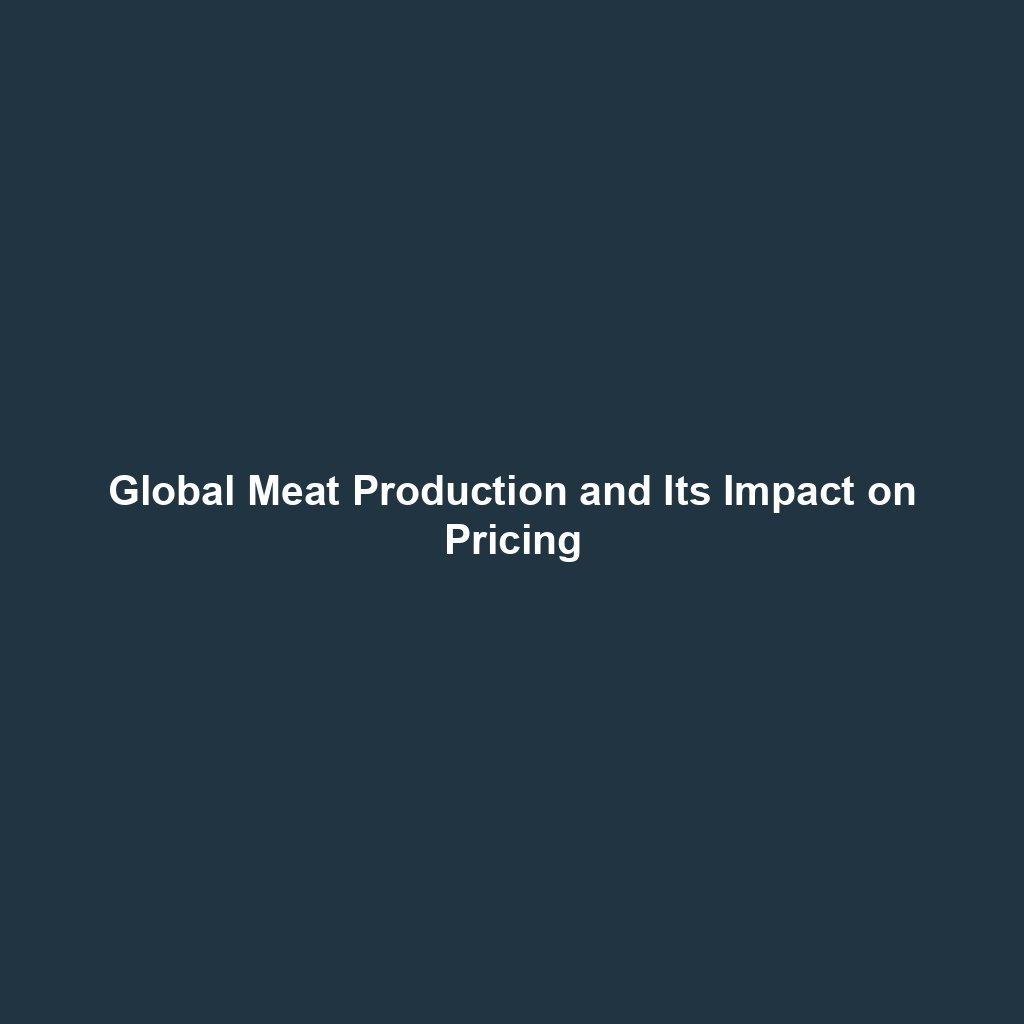
Introduction to Global Meat Production
Global meat production has become a cornerstone of the agricultural industry, influencing economies, cultures, and dietary habits worldwide. The demand for meat has been on a steady rise, driven by population growth, urbanization, and increasing incomes. This surge in demand has led to significant changes in production practices, trade patterns, and pricing mechanisms. Understanding the intricacies of global meat production and its impact on pricing is crucial for stakeholders ranging from farmers and policymakers to consumers and environmentalists.
Chapter 1: The Dynamics of Global Meat Production
1.1 Historical Context and Evolution
The history of meat production dates back to the domestication of animals, which marked a significant shift from hunting and gathering to settled agricultural practices. Over centuries, meat production has evolved from small-scale, subsistence farming to large-scale, industrial operations. The introduction of modern technologies, improved breeding techniques, and better animal husbandry practices have revolutionized the industry, leading to increased efficiency and productivity.
1.2 Major Meat-Producing Regions
Several regions around the world dominate meat production, each specializing in different types of meat based on climatic conditions, cultural preferences, and economic factors. North America, particularly the United States, is a leading producer of beef and poultry. South America, with countries like Brazil and Argentina, is renowned for its beef production. Europe, China, and India also play significant roles in the global meat market, with a focus on pork, poultry, and mutton, respectively.
1.3 Types of Meat and Their Production Processes
Meat production encompasses various types of meat, including beef, pork, poultry, and lamb. Each type has its unique production process, influenced by factors such as animal species, feed, and farming practices. Beef production, for instance, involves raising cattle on pastures or feedlots, while poultry production often relies on intensive farming methods with controlled environments. The choice of production method impacts not only the quality and quantity of meat but also its environmental footprint and cost.
1.4 Technological Advancements in Meat Production
Technological advancements have played a pivotal role in transforming meat production. Innovations such as genetic engineering, precision farming, and automated feeding systems have enhanced productivity and efficiency. Additionally, advancements in veterinary medicine and animal nutrition have improved animal health and growth rates. These technologies have enabled producers to meet the growing demand for meat while minimizing costs and environmental impact.
Chapter 2: Agricultural Price Analysis in the Meat Industry
2.1 Factors Influencing Meat Prices
Several factors influence meat prices, ranging from production costs and supply chain dynamics to consumer demand and global trade policies. Key determinants include feed prices, labor costs, transportation expenses, and market demand. Additionally, external factors such as weather conditions, disease outbreaks, and geopolitical events can cause significant price fluctuations. Understanding these factors is essential for accurate price analysis and forecasting.
2.2 Supply and Demand Dynamics
The principles of supply and demand play a crucial role in determining meat prices. When supply exceeds demand, prices tend to fall, and vice versa. Factors such as population growth, income levels, and dietary trends influence demand, while production capacity, feed availability, and technological advancements affect supply. Analyzing these dynamics helps stakeholders make informed decisions regarding production, marketing, and investment.
2.3 Impact of Global Trade on Meat Prices
Global trade significantly impacts meat prices, as countries engage in the import and export of meat products to meet domestic demand and capitalize on comparative advantages. Trade policies, tariffs, and international agreements shape the flow of meat products across borders. For instance, trade tensions between major meat-producing and consuming countries can lead to price volatility. Understanding the global trade landscape is crucial for anticipating price movements and market opportunities.
2.4 Role of Government Policies and Regulations
Government policies and regulations play a vital role in shaping the meat industry and influencing prices. Subsidies, tariffs, and trade agreements can either support or hinder meat production and trade. Additionally, regulations related to animal welfare, food safety, and environmental protection impact production costs and market access. Policymakers must balance the interests of producers, consumers, and environmentalists to ensure a sustainable and competitive meat industry.
2.5 Price Analysis Techniques and Tools
Various techniques and tools are used for agricultural price analysis in the meat industry. Statistical methods, econometric models, and market simulations help analysts understand price trends and forecast future movements. Additionally, data from market reports, trade statistics, and consumer surveys provide valuable insights into market dynamics. Advanced technologies such as artificial intelligence and machine learning are increasingly being used to enhance the accuracy and efficiency of price analysis.
2.6 Case Studies and Real-World Examples
Examining case studies and real-world examples provides practical insights into the complexities of meat pricing. For instance, the impact of the African swine fever outbreak on global pork prices highlights the vulnerability of the meat industry to disease outbreaks. Similarly, trade disputes between the United States and China have demonstrated the influence of geopolitical factors on meat prices. Analyzing such cases helps stakeholders understand the interplay of various factors and develop strategies to mitigate risks.
Conclusion
Global meat production and its impact on pricing is a multifaceted topic that encompasses various economic, technological, and policy-related aspects. Understanding the dynamics of meat production, the factors influencing prices, and the role of global trade and government policies is essential for stakeholders across the agricultural value chain. As the demand for meat continues to grow, sustainable and efficient production practices, coupled with robust price analysis, will be crucial for ensuring a stable and competitive meat industry.
